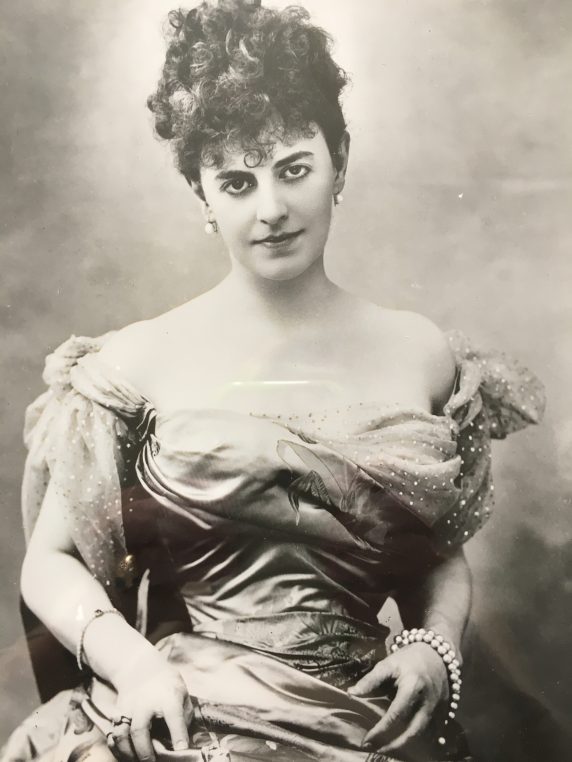Proust’s news have never been so intense as in the last two years and new writings are being discovered constantly on this prolific novelist. Caroline Weber, who teaches at Columbia University, has delivered an amazingly easy to read, yet erudite, research on the three ladies who inspired the Duchesse de Guermantes. Her book, “Proust’s Duchess” reads like a thriller and makes us travel through the 8 th arrondissement of Paris. I bet it will be the trendy read of the summer in the Hamptons!
“His 3 muses wore at least 100 masks ” writes Caroline Weber and this book is attempting to uncover some of these masks. What is most interesting, is the fresco of social and political life at the end of the 19 th century in Paris, showing how, all these characters, who came from different backgrounds eventually met in salons or in artists’ studios in Montmartre. This is the fascinating time in Paris when Gustave Moreau and Renoir were both painters. Two different worlds and yet common admirors.
We learn that Laure de Chevigné is effectively a descendant of famous Marquis de Sade and was named after Petrarch’s Laura. That Geneviève Halévy had to live through the disaster of “Carmen’s” Première at Opéra comique when her husband, (a student of her father Fromental Halévy at the conservatory) Georges Bizet directed it. We learn hat her third husband Emile Straus was probably James de Rothschild’ natural son and was in high school at Condorcet with Marcel Proust.
These two ladies both had a very active love life and many affairs while Comtesse Greffulhe, definitely the grandest and richest of the trio, had platonic relationships. But she did not hesitate to costume herself as a panther at Princesse de Sagan’s ball! Her husband Henry Greffulhe had so many mistresses that his horses automatically knew to stop in front of their houses.
We also learn about the psychiatry clinic of Docteur Blanche, where so many talented artists were treated.
Set between parc Monceau and Faubourg Saint Honoré, boulevard Haussmann and Malesherbes, the book is the result of many years of research in the private archives of the three families. It is very academic in that it is perfectly accurate and very well written, but it is also like the author’s previous title about Marie Antoinette, “Queen of Fashion”, an easy read for anyone who is interested in the vanishing world of Proust.
It concentrates on the years 1870 to 1894 and a second volume, also published by Knopf, will cover the last twenty five years of Proust’s life until 1922. There are many photographs and paintings of their world to illustrate these three amazing lives. Published by Knopf.
Share this Post




